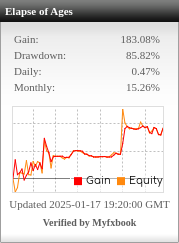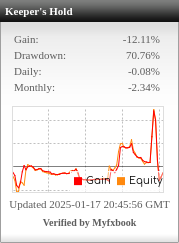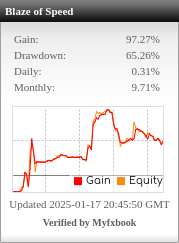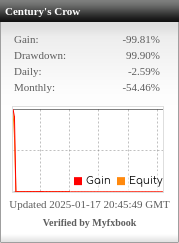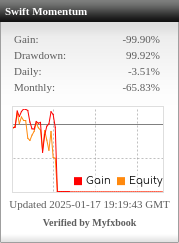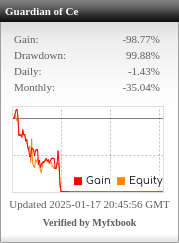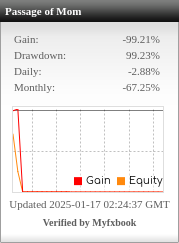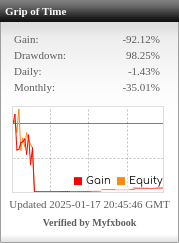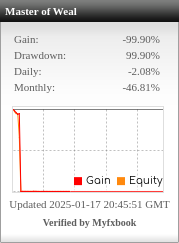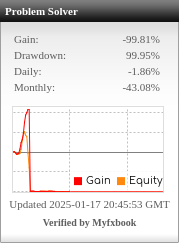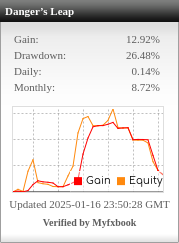Table of Contents
General Overview
- Symbol: XAUUSD (Gold vs USD)
- Testing Period: From May 7, 2003, to November 1, 2024, using the 30-minute timeframe (M30).
- Initial Deposit: $10,000
- Total Net Profit: $34,556.24
- Gross Profit: $116,113.56
- Gross Loss: -$81,557.32
- Profit Factor: 1.42 (indicating that the EA made $1.42 for every $1 lost).
Performance Highlights
- Total Trades: 4,699
- Short Positions (won %): 1,441 (39.35%)
- Long Positions (won %): 3,258 (44.23%)
- Winning Trades: 2,008 (42.73% of total trades)
- Losing Trades: 2,691 (57.27% of total trades)
Profit and Loss
- Largest Profit Trade: $760.42
- Largest Loss Trade: -$526.70
- Average Profit per Trade: $57.83
- Average Loss per Trade: -$30.31
Risk and Drawdown
- Absolute Drawdown: $2,326.98
- Maximal Drawdown: $8,777.12 (27.29%)
- Relative Drawdown: 27.29%
Consecutive Trades
- Maximum Consecutive Wins: 11 trades, totaling $741.10
- Maximum Consecutive Losses: 28 trades, totaling -$348.48
- Maximal Consecutive Profit: $1,906.70 over 5 winning trades
- Maximal Consecutive Loss: -$1,505.90 over 3 losing trades
- Average Consecutive Wins: 2
- Average Consecutive Losses: 3
Key Insights
- Profitability: The EA has a lower total net profit of $34,556.24 compared to the previous EAs. The profit factor of 1.42 suggests that it’s profitable but less efficient in terms of profit per dollar lost.
- Win Rate: Both short and long positions have win rates below 45%, indicating a lower success rate compared to the other EAs.
- Risk Management: The relative drawdown is higher at 27.29%, which shows that this EA carries more risk in terms of capital drawdown. This is notably higher than in the other EAs, suggesting more significant potential losses.
- Trade Efficiency: The average profit per trade and average loss per trade suggest smaller gains and losses per trade compared to the other EAs.
- Consecutive Trades: The EA experiences longer losing streaks (28 consecutive losses), which could be concerning for drawdown management and recovery.
Recommendations
- Risk Adjustment: Consider adjusting the risk percentage or introducing stop-loss limits to manage and reduce the drawdown.
- Strategy Refinement: The relatively lower win rate and higher drawdown suggest the strategy may need refinement, possibly by tightening entry and exit criteria.
- Diversification: Testing on different symbols or additional timeframes could help balance the performance and reduce drawdown risks.










